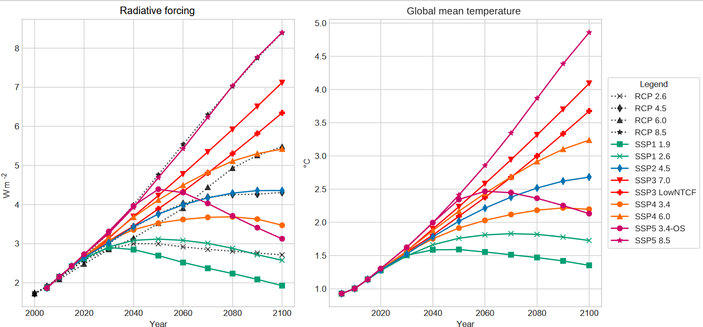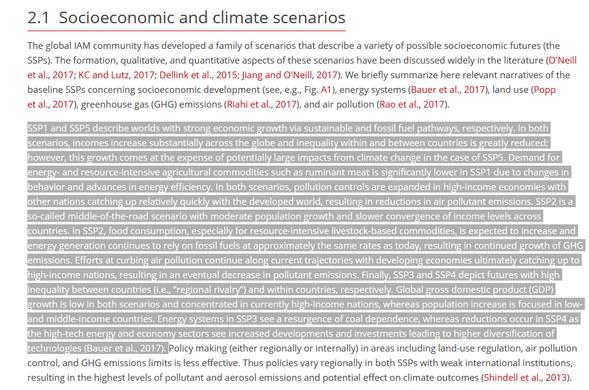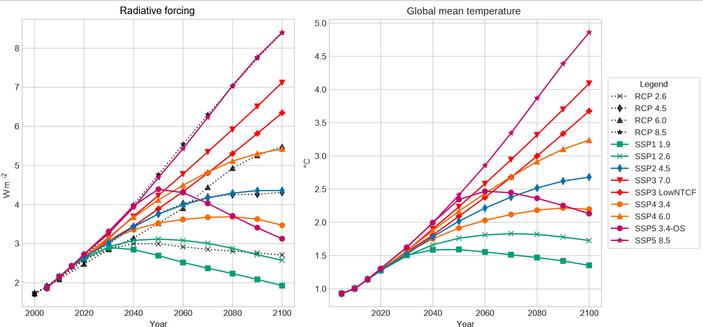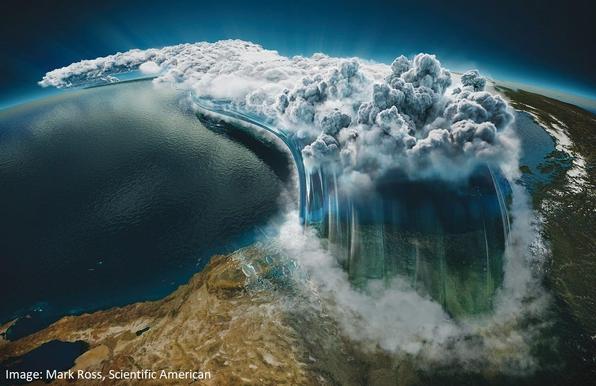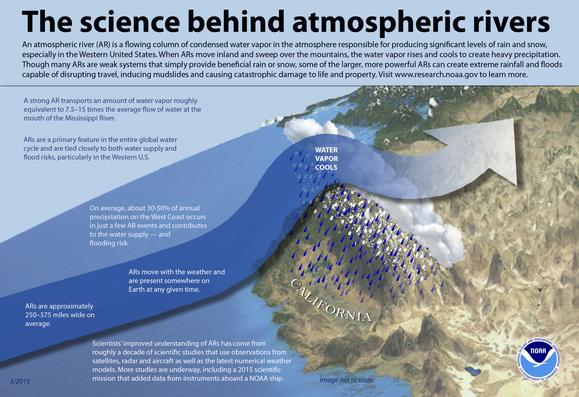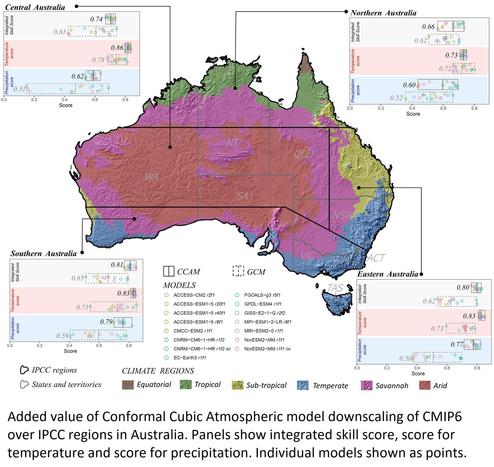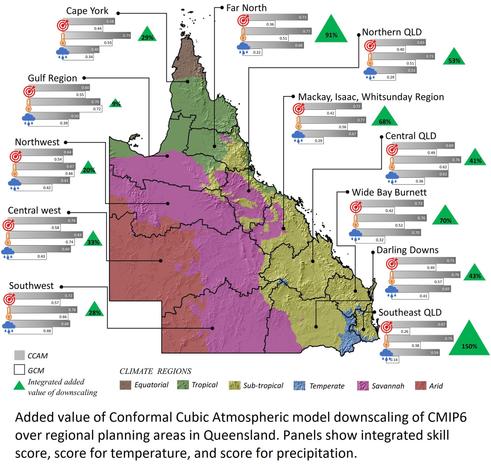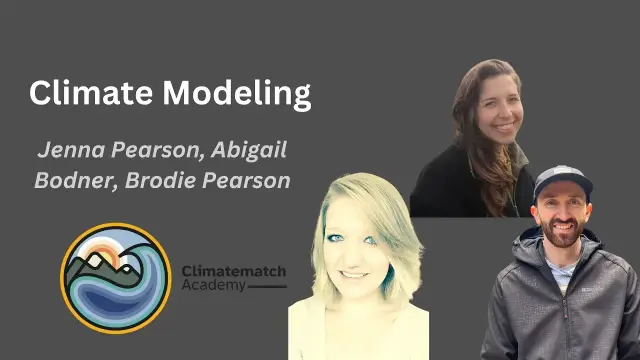Way back in 2022, as the world tried to readjust back to "normal" following COVID - I helped to co-organise a bootcamp with sponsorhop from the @wcrp_climate IASC, @esaclimate and a generous dollop of help from @PolarRES and @dmidk colleagues.
We gathered 10 senior scientist mentors and 22 students in an old torpedo research station (now used by Roskilde University) for 10 days. It was an extremely intense period but the 4th paper produced by this talented group has just come out.
I consider facilitating #EarlyCareerScientists to work on important science problems an extremely rewarding part of my job, and I'm looking forward to the next one already as part of our PISCO project.
In the mean time, go and read this extremely cool work, collecting together a huge number of radiosonde observations going back to the 1950s over the Arctic Ocean and using them to assess how well CMIP6 models represent lower atmosphere.
#CMIP6 #ClimateModels #Arctic #ArcticClimate #SeaIce
https://agupubs.onlinelibrary.wiley.com/doi/10.1029/2024JD041412
